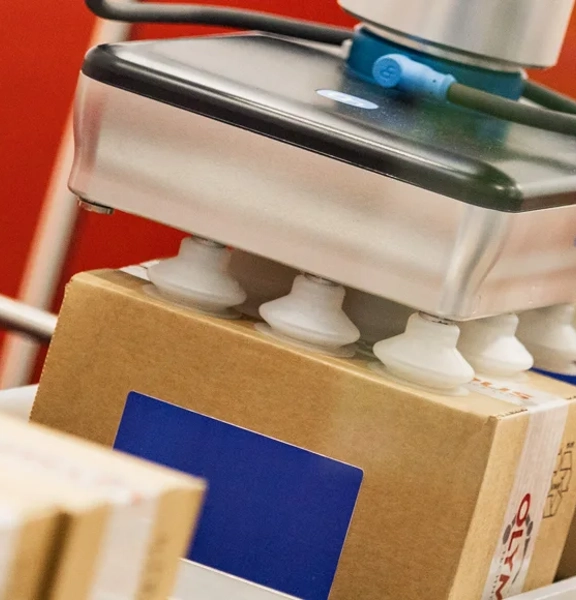Become a member
Take advantage of exclusive member benefits, world class events, networking and specialist support








 Become a member
Become a member 


 Autonomous mobile robots & Guides vehicles’
Advanced robotics
Autonomous mobile robots & Guides vehicles’
Advanced robotics
Whilst robotics has a bright future ahead, robots have been powered by a range of different power sources over the years. Discover more about the history of robots and their power sources with BARA’s guide to industrial robots.
Some early industrial robots, especially the larger varieties, were often powered by hydraulic systems whilst some smaller robots used stepper motors to achieve drive. Hydraulically powered robots had significant limitations in their accuracy and repeatability.
Plus, they were relatively slow, which limited the range of tasks where they could be applied. Further drawbacks were the noise from the hydraulic power packs and the fact they were not suited to applications within clean environments.
Today, hydraulic power for industrial robots has been superseded by electric drive systems. The stepper motor systems used to power some of the smaller early robots also had their limitations, certainly for mainstream industrial robots. These have now been replaced with servo motors.
Modern servo motors offer a wide range of advantages over stepper motors, including:
There are also Linear Motors and Direct Drive Motors available, which are ideally suited to certain cartesian-type applications. These types of motors have numerous advantages. They eliminate the belts, pulleys, racks and pinions (or other mechanisms) needed to translate rotary motion into linear motion.
This type of motor also eliminates the need for additional items such as gearboxes or drive couplings. Overall, this type of motor requires less maintenance over its working life and so is a cost-effective robot power source.
British manufacturing has a bright future to look forward to. The British Automaton and Robot Association, as part of Automate UK’s group of trade associations, will ensure that robotics are valued in industry. BARA will continue to steer innovations in robot motors.